What is a trade mark?
Trade marks exist so that the goods and services of one entity can be distinguished from another. They are a symbol, a sign, a badge, and/or a mark that identifies a particular quality that is attributed to that good or service. A trade mark can be a name, packaging, a scent, or a jingle associated with any product or service.
Four functions
Trade marks essentially have four functions:
1. A quality indicator
2. A badge of origin
3. A means of advertising
4. An investment vehicle
Registration is not automatic
Registered business, company, and domain names unfortunately do not give you any proprietary rights. The best way to obtain a proprietary right and protection is through trade mark registration. It is also extremely important to note that even if you have a registered business, company, or domain name, you do not have an automatic entitlement to use that name as a trade mark.
Registration is geographical
People in other states, provinces, districts, territories, and countries may have registered the same word(s) as their business name. Fortunately though, if you have a registered trade mark for that business name, you may be able to take action against the owner if the business name is used for goods and services covered by your trade mark registration.
Registration protects your rights
When a trademark is registered it is given a statutory right that is exclusive to the registered party in relation to their distinctive sign. Many things can be trade marked. Once you have statutory protection of your trade mark you have exclusive use of it in the classes of goods and services for which it is registered for an indefinite period, as long as you renew, use, and trade. Renewal takes place every 10 years.
Next Steps...
Before you apply for a trade mark, three things must be taken into consideration:
1. Is a trade mark right for you?

